Chania, Crete harbors a treasure trove of hidden wonders that most visitors never discover. While its picturesque Venetian harbor and maze-like Old Town draw crowds, the true essence of this enchanting region lies in its lesser-known corners. From dramatic gorges where freedom fighters once roamed to ancient ruins that whisper tales of empires past, from family estates preserving centuries-old traditions to crystal-clear hidden lakes – these 9 gems reveal the authentic soul of Chania.
Each location offers a unique window into the region’s rich heritage, natural splendor, and living traditions that continue to thrive away from the tourist trail. Whether you’re drawn to outdoor adventures in ancient gorges, fascinated by historical sites, eager to experience local wine traditions, or curious about artisanal crafts, these diverse gems will enrich your Chania itinerary with authentic experiences that showcase the many faces of this remarkable region.
1. Therisso Gorge
What sets Therisso Gorge apart from other natural wonders in Crete is its remarkable accessibility – this 6-kilometer stretch of dramatic landscape can be explored entirely by car. The gorge’s width dances between 15 and 250 meters, creating an ever-changing vista that captures the raw beauty of Cretan nature in every turn.
The journey through Therisso Gorge unfolds like a carefully composed symphony of natural elements. The paved road follows a tree-lined river that creates its own microclimate, offering welcome relief from Crete’s summer heat. Orange groves welcome visitors at the entrance, while plane trees and oleanders squeeze through narrow passages farther along. Higher up, chestnut and oak trees cling determinedly to the steep slopes, their branches reaching toward the sky.
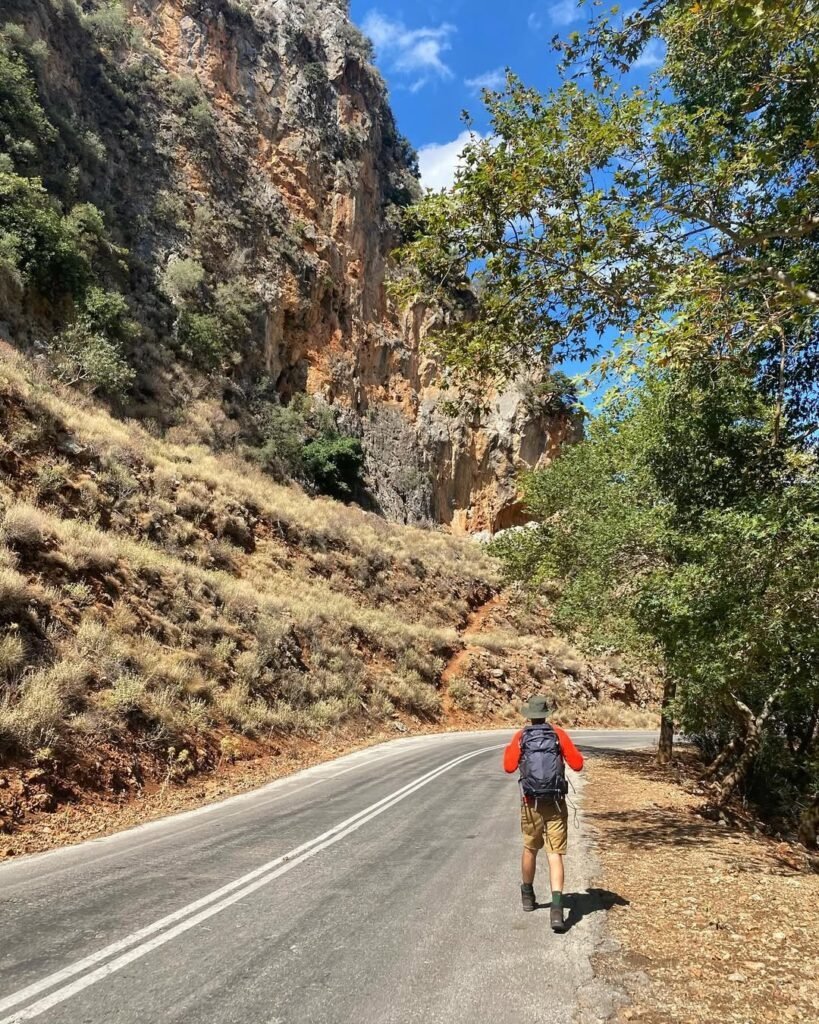
This natural fortress carries profound historical significance. It was here that 300 brave Cretan rebels once outmaneuvered 5,000 Ottoman troops led by Latif Pasha, using the gorge’s natural defenses to their advantage. The village of Theriso, perched proudly at 580 meters altitude, stands as a testament to this revolutionary spirit. Today, the village’s traditional tavernas and family-run dairy farms offer visitors an authentic taste of mountain life in Chania, Crete.
Key highlights of Therisso Gorge include:
- A comfortable drive through diverse landscapes and microclimates
- Rich historical significance from Crete’s struggle for independence
- Traditional village life at Theriso, including authentic local cuisine
- The Sarakina Cave, located 2km north of the village, housing artifacts from Neolithic to Geometric periods
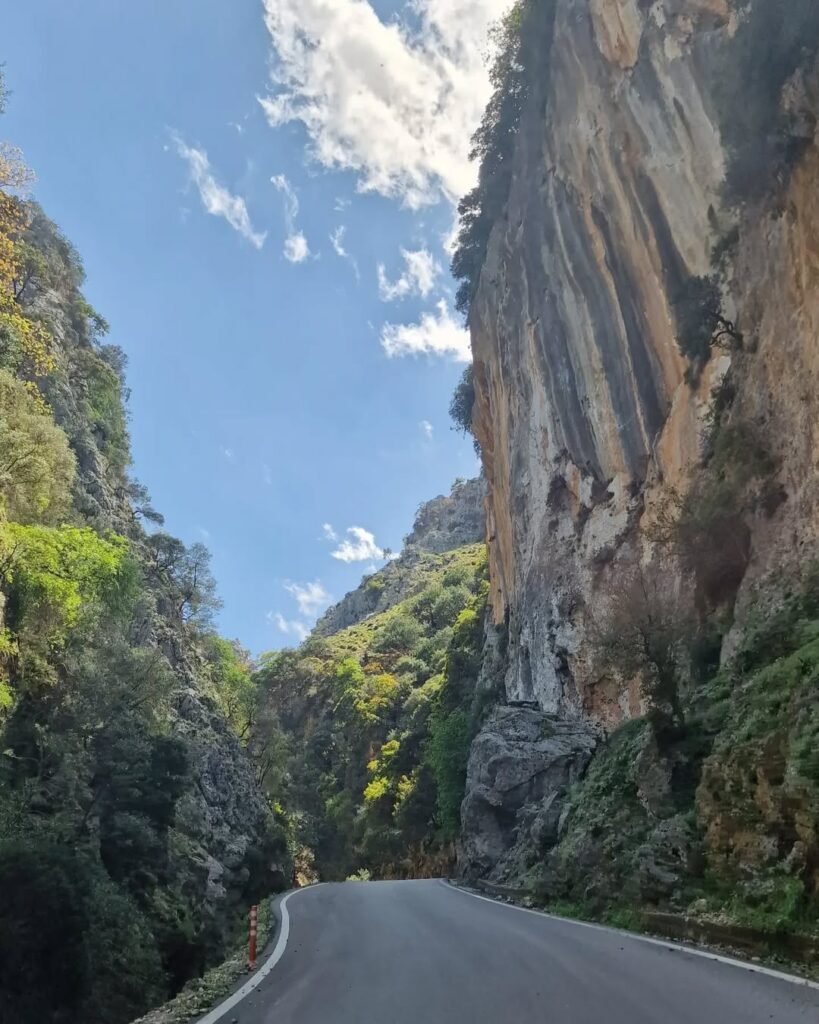
The gorge is accessible year-round, though early morning or late afternoon visits offer the most dramatic lighting for photography. In spring, the gorge comes alive with wildflowers, while autumn brings rich colors to the deciduous trees. Even in summer’s peak heat, the gorge’s unique microclimate provides a refreshing escape from coastal temperatures.
2. To Artopoleion Traditional Bakery
Tucked away at Karaoli ke Dimitriou 36 in the heart of Chania, Crete, To Artopolion has been a cornerstone of local life since the 1920s. This women-owned establishment fills the morning air with the mingled aromas of fresh-baked bread and traditional coffee that locals consider essential to their daily routine.
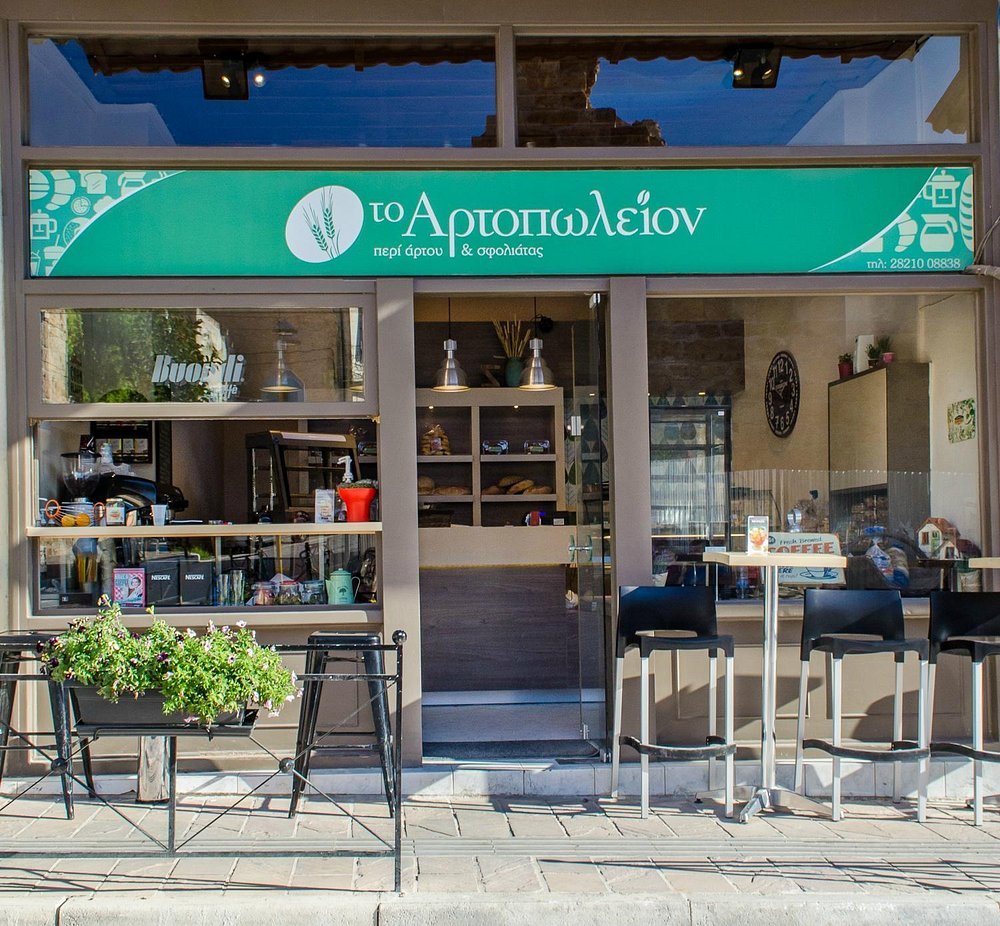
The beautiful traditional building houses more than just a bakery – it’s a gathering place where early risers discuss the day’s events over kalitsounia (sweet or savory pastries) and workers stop by for their morning coffee. The reasonable prices (most items between €5-10) and wheelchair accessibility make it a welcoming spot for everyone who wants to experience authentic local flavors.
What makes Artopolion special:
- Time-honored recipes for Cretan pies and pastries
- A cozy interior perfect for people-watching (Come on, I know I’m not the only one!)
- Freshly baked bread throughout the day
- One of the oldest continuously operating bakeries in the city
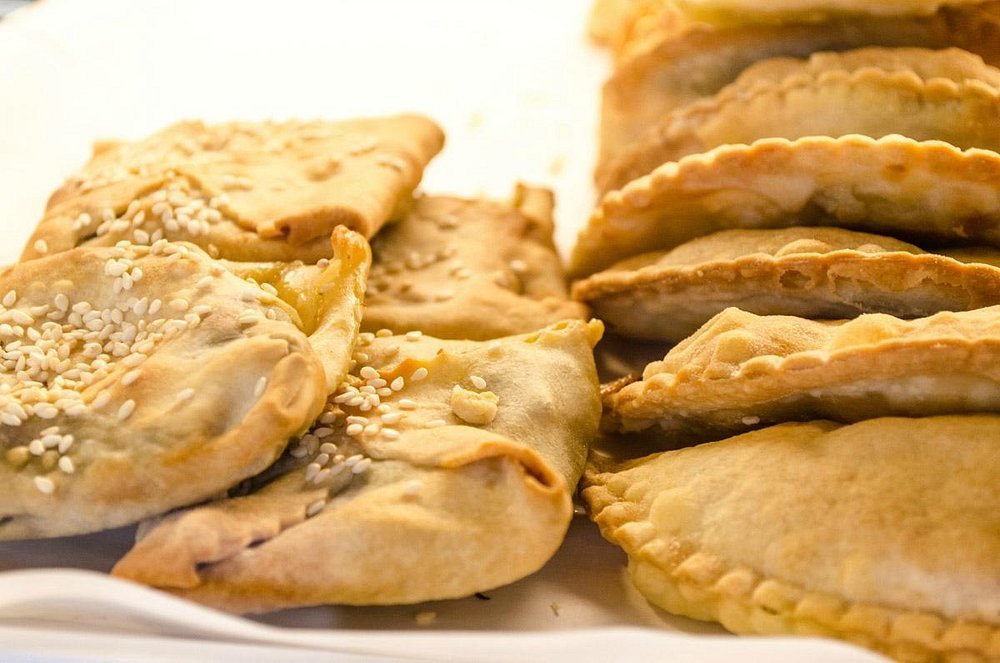
For visitors planning their Chania itinerary, an early morning visit to Artopolion offers a genuine slice of local life away from the tourist crowds. The aroma of fresh bread and the warmth of the ovens create an atmosphere that captures the essence of a Cretan morning.
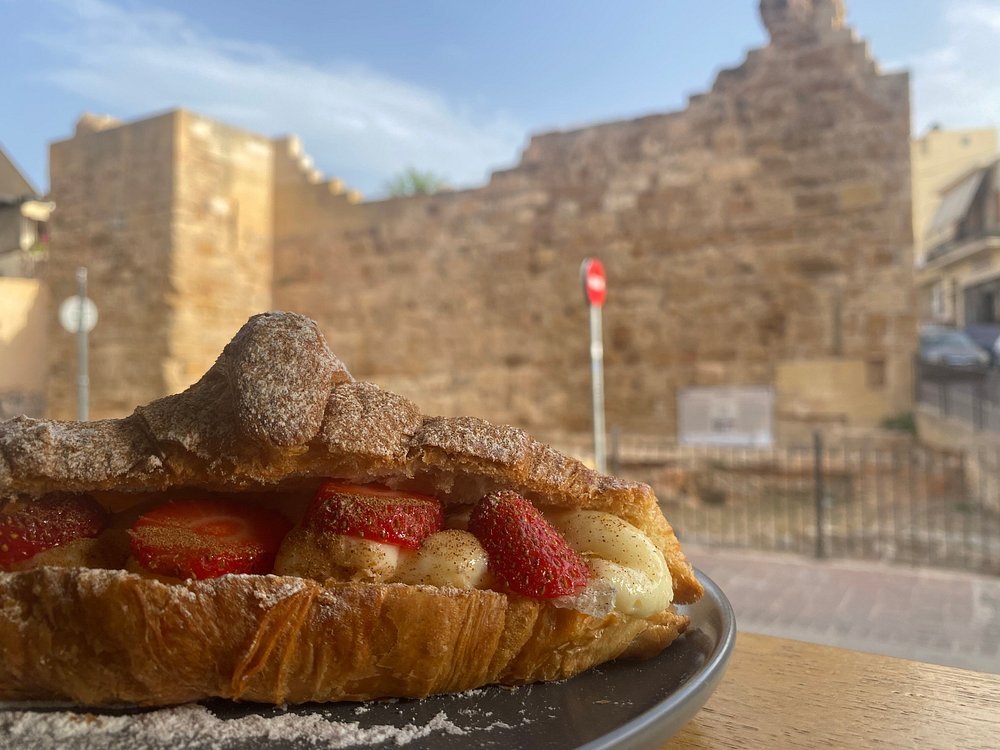
3. Aspri Limni
Just 70km southwest of Chania, Crete, lies one of the region’s most captivating natural wonders – Aspri Limni, or “White Lake” in Greek. While most visitors flock to nearby Elafonisi, this hidden coastal gem remains wonderfully serene, despite being just 500m west of the historic Chrysoskalitissa Monastery.
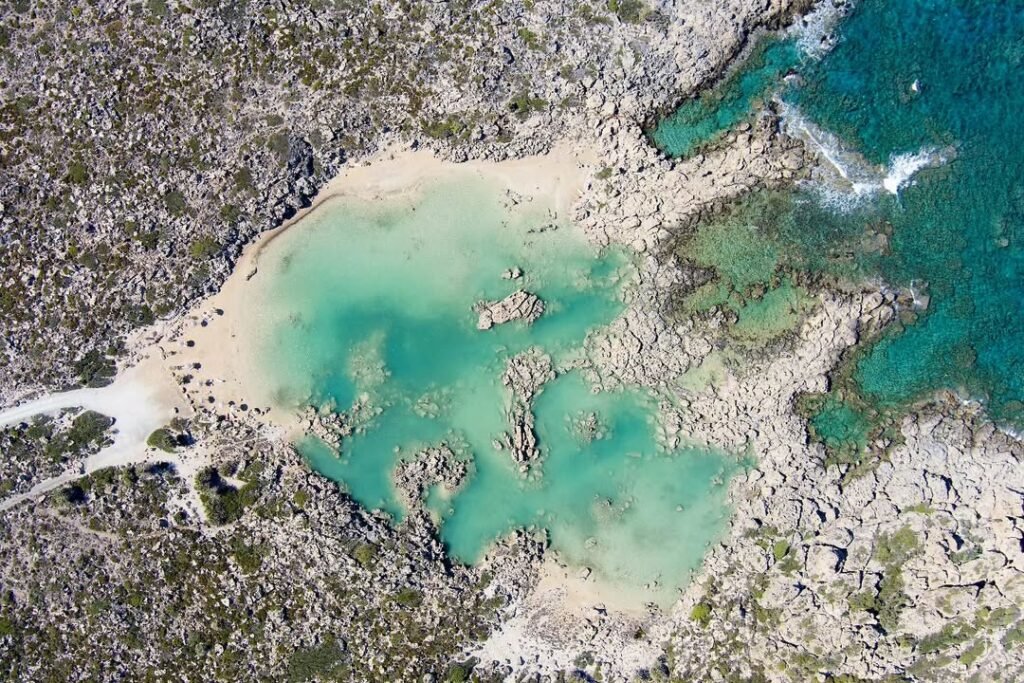
The beach’s distinctive feature is its natural pool formation, where sharp rocks embrace a stretch of white sand roughly the size of eight Olympic pools. The protected waters create a mirror-like surface that blends seamlessly with the horizon, making it nearly impossible to tell where the lake ends and the sea begins. Adding to its unique character, about 30 Cretan date palms (Phoenix theofrasti) stand sentinel here, marking the westernmost point of this endangered species’ natural habitat.
Essential visitor information:
- Best visited early morning or late afternoon to avoid peak heat
- No facilities on-site – bring water, snacks, and sun protection
- Access via dirt track (sturdy shoes recommended)
- Perfect addition to a western Chania itinerary
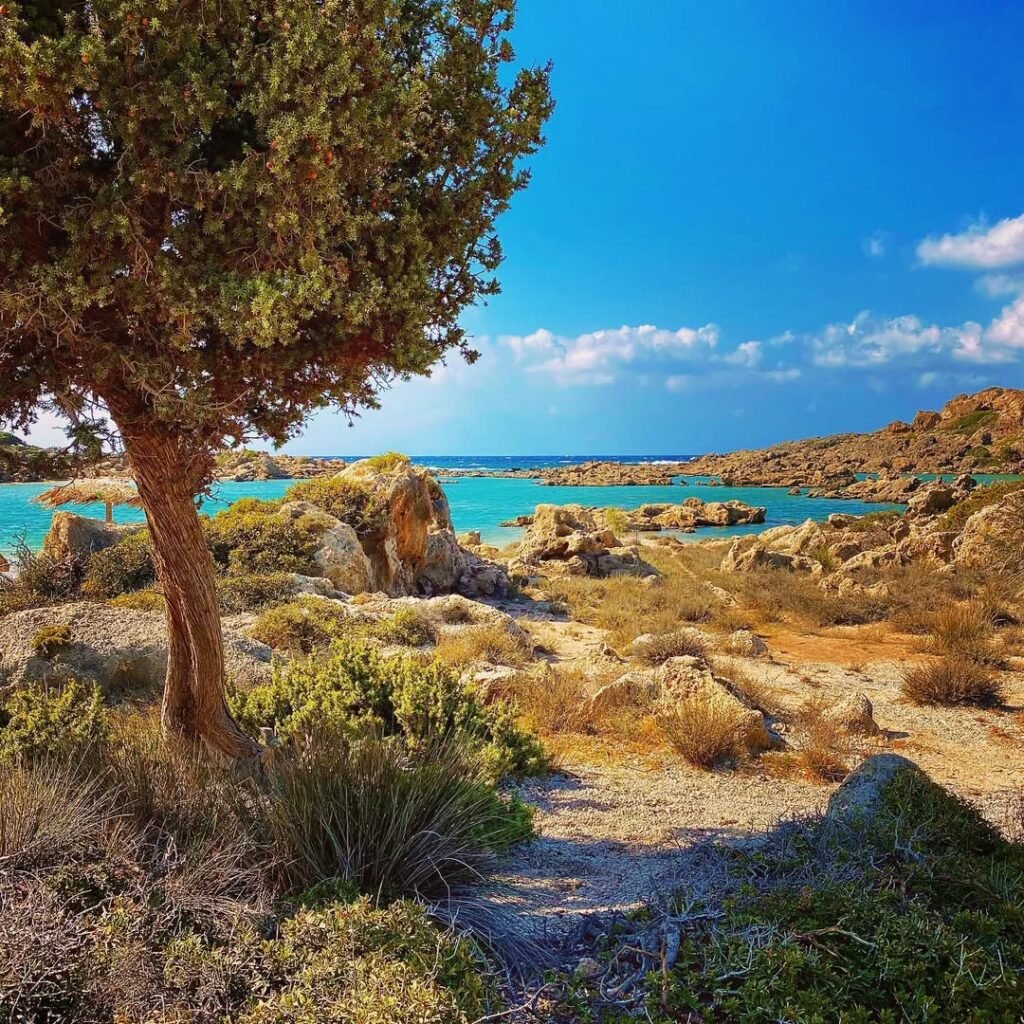
The beach’s pristine state owes much to its relative isolation and lack of commercial development. The effort required to reach it – including that adventurous dirt track drive – has helped preserve its natural beauty. For photographers visiting Chania, Crete, the interplay of white sand, crystalline waters, and those rare palm trees offers exceptional shooting opportunities, especially during golden hour.
4. Biolea Astrikas Estate Experience
A hidden culinary gem in the countryside in Chania, Biolea Astrikas Estate isn’t your typical olive oil producer. This family-run estate offers a complete farm-to-table experience that showcases the best of Cretan gastronomy. Open from April to October, it combines traditional olive oil production with innovative cuisine that highlights local ingredients.
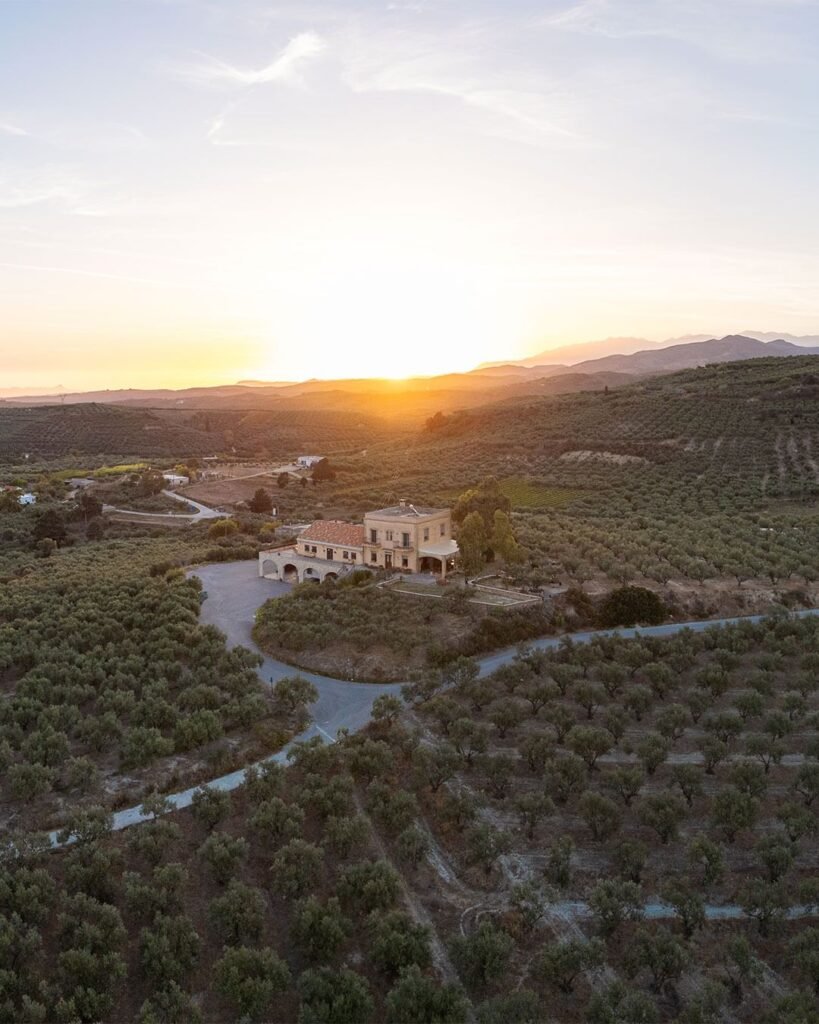
The estate’s restaurant experience is something special. Sitting on their terrace, surrounded by centuries-old olive groves, you’ll discover Cretan cuisine that goes beyond the usual taverna fare. Their seasonal menu changes regularly, following nature’s rhythms and the availability of local ingredients. You might find creative dishes like fava spread with bitter orange one month, and wild asparagus foraged from nearby villages the next.
I have to share a personal favorite – their staka with eggs is simply extraordinary. I found myself returning multiple times just for this dish alone. It’s hands down the best version of this traditional Cretan specialty I’ve ever tasted – the kind of food experience that stays with you long after you’ve left the island.
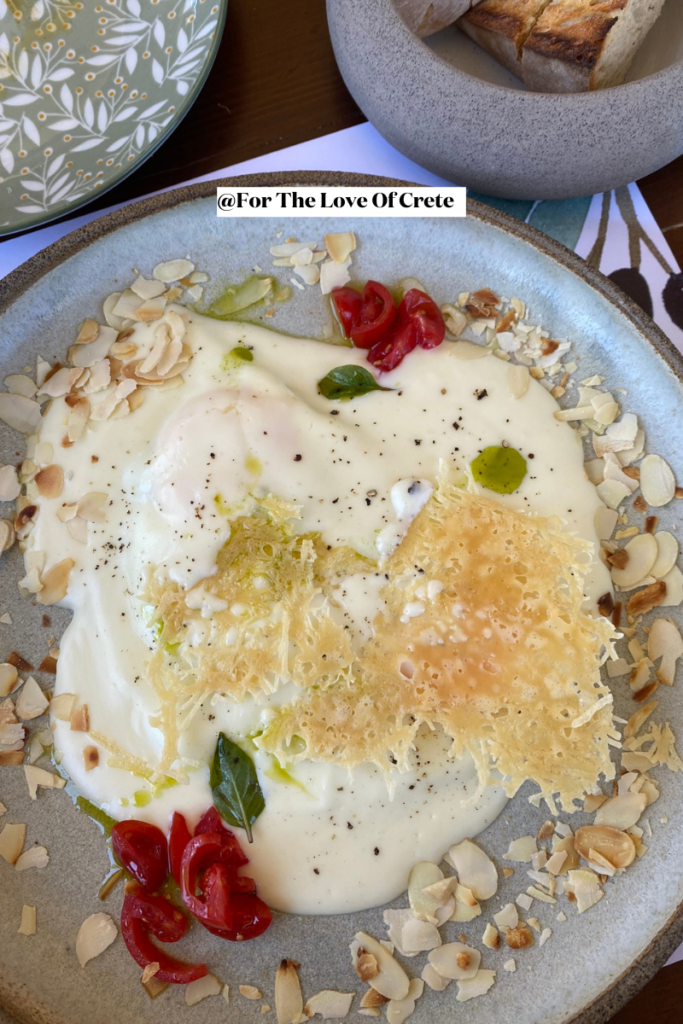
What makes Biolea stand out:
- Organic, stone-milled extra virgin olive oil
- Creative interpretations of traditional Cretan recipes
- Locally sourced and foraged ingredients
- Stunning views of the Cretan countryside
Make sure to book in advance – this place is a favorite among food enthusiasts who appreciate authentic Cretan flavors with a modern twist.
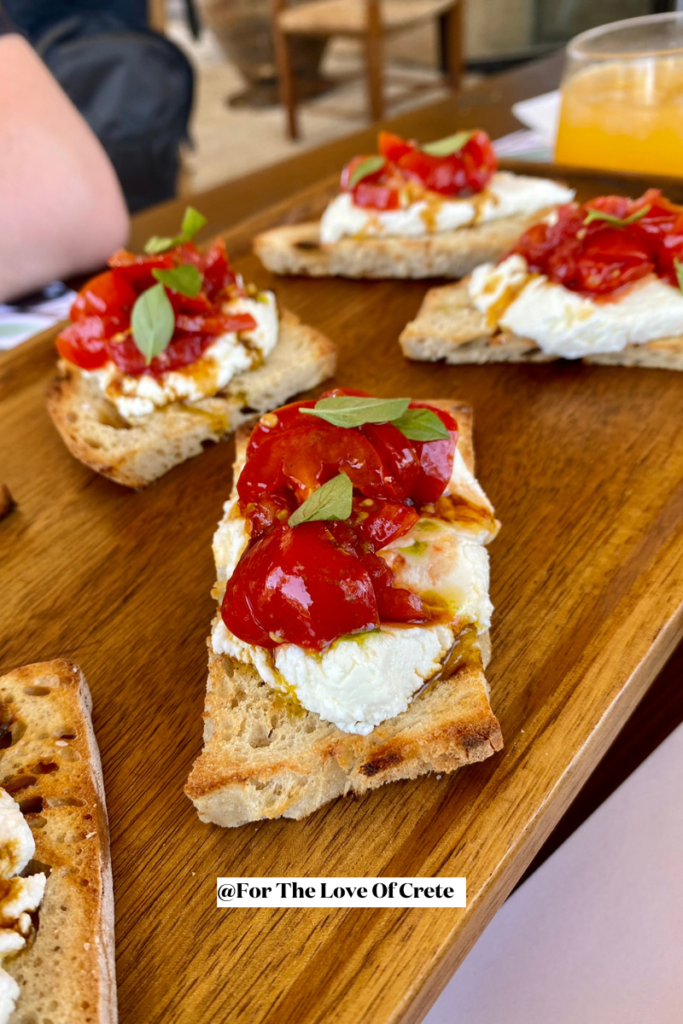
Alternatively, experience Biolea Estate as part of a full-day tour through western Chania, Crete. This 7-hour journey combines three of western Crete’s finest attractions: wine tasting at the family-run Karavitakis Winery, organic olive oil sampling at Biolea Estate, and relaxation time at the award-winning Falassarna beach. The tour offers an ideal balance of culinary exploration and coastal beauty – just be sure to reserve your spot early as these intimate experiences tend to fill up quickly.
5. Ancient Mysteries of Aptera
Perched 200 meters above Souda Bay in Chania, Crete, the ancient city of Aptera offers a fascinating journey through over two millennia of Cretan history. The archaeological site’s commanding position made it a powerhouse of its time, controlling two major harbors and witnessing everything from Bronze Age traders to Roman conquerors.
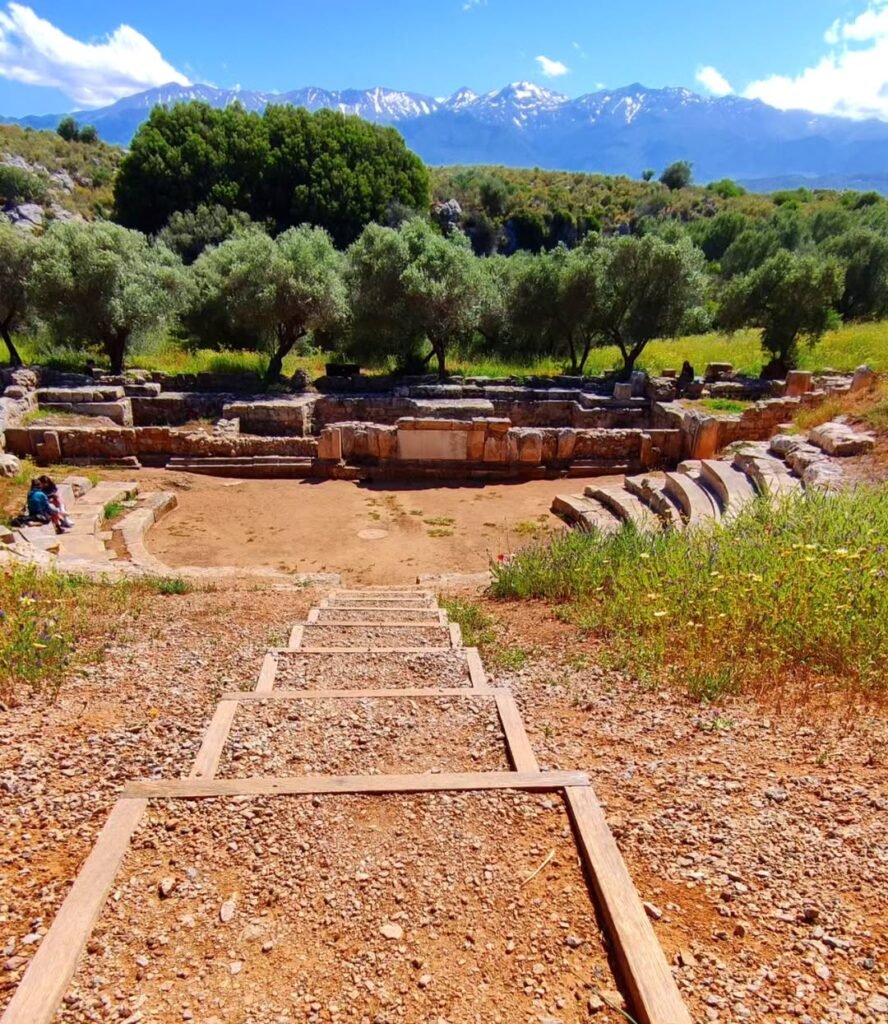
The site’s most impressive features make ancient history feel remarkably tangible. Massive Roman cisterns still stand as a testament to remarkable engineering, their vaulted chambers creating perfect acoustics for impromptu singing (you know you want to try it!). The ancient theater, currently under restoration, offers glimpses of entertainment from centuries past, while a 12th-century monastery adds a layer of medieval intrigue to this historical tapestry.
What makes Aptera extraordinary:
- Some of Crete’s best-preserved Roman aqueducts
- A remarkably intact Turkish fortress from 1872
- Panoramic views of both the White Mountains and Souda Bay
- A site where three distinct historical periods intersect
- Perfect for both history enthusiasts and photographers
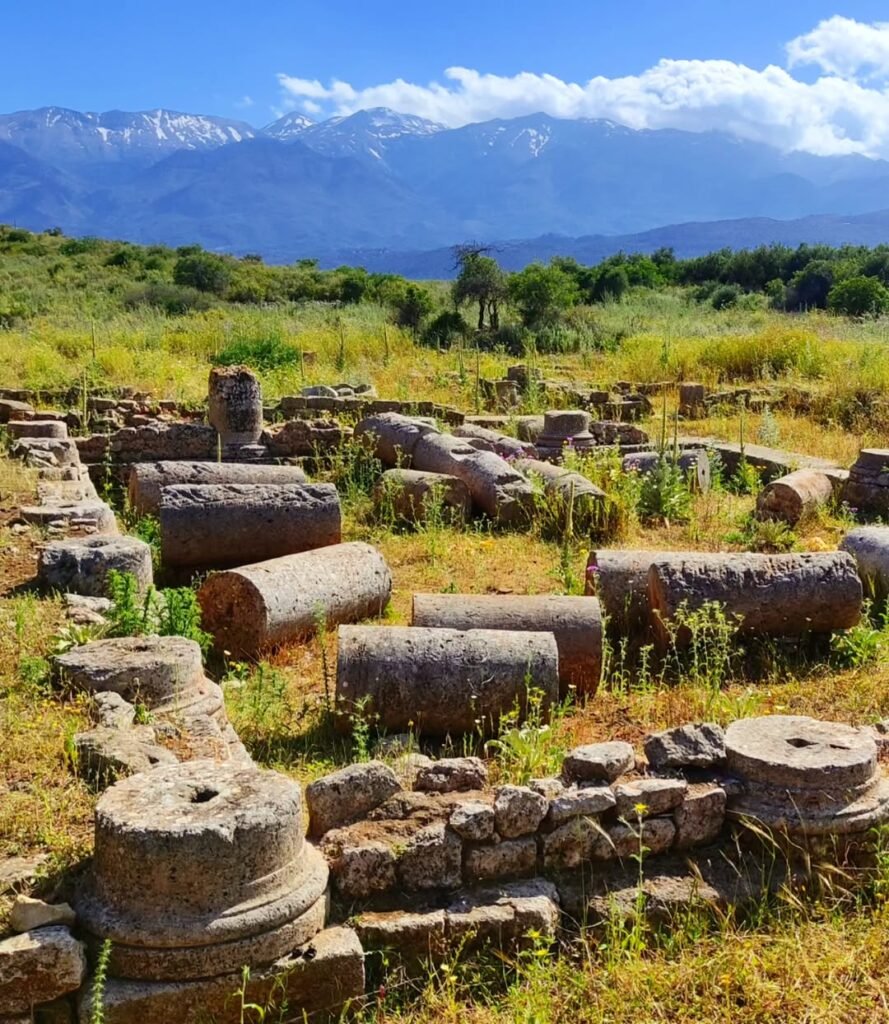
For visitors crafting their Chania itinerary, Aptera deserves at least 1-2 hours of exploration. The site is open daily except Mondays, with an admission fee of €4 (at the time of writing). Comfortable walking shoes are essential – you’ll want them while discovering every corner of this archaeological gem. Morning visits offer the best lighting for photography, while late afternoon hours provide stunning views of the sun setting over Souda Bay.
6. Manousakis Winery
Tucked away in the picturesque village of Vatolakkos, just 13km from Chania, Crete, Manousakis Winery invites visitors into a world where award-winning wines meet breathtaking mountain views. The organic vineyards, perched at altitudes between 320-600m, create a stunning patchwork with surrounding olive groves and orange trees against the backdrop of the majestic White Mountains.
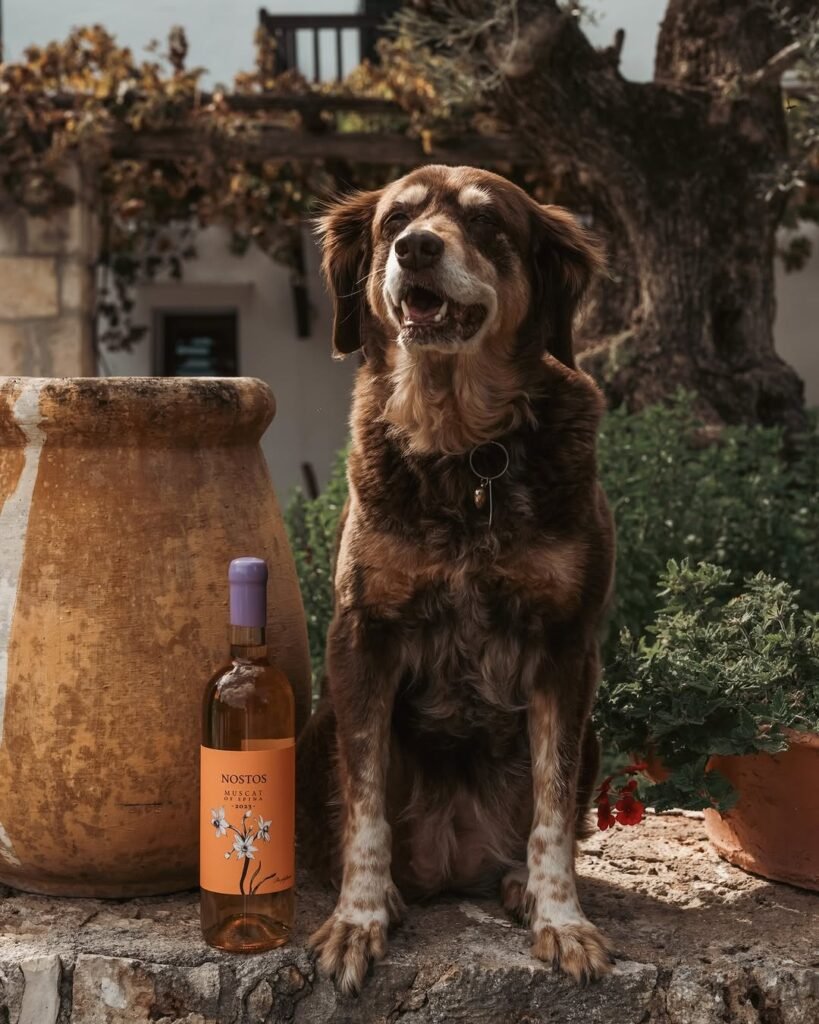
The winery’s story speaks of homecoming and passion – founded in 1993 by Ted Manousakis, a Cretan who returned from America with a dream. Today, his daughter Alexandra continues this legacy, expanding production from 35,000 to 150,000 bottles annually. Their wines carry the name “Nostos,” meaning “yearning to come home” – a sentiment that perfectly captures the spirit of this family enterprise.
What sets Manousakis apart:
- Specializes in Rhône varieties: Syrah, Grenache, Mourvèdre, and Roussanne
- Grows indigenous Cretan varieties like Vidiano and Romeiko
- Organic vineyard practices at high altitude
- On-site restaurant serving traditional Cretan cuisine
- Stunning terrace views of the White Mountains
- Expert-led tasting sessions with local delicacies
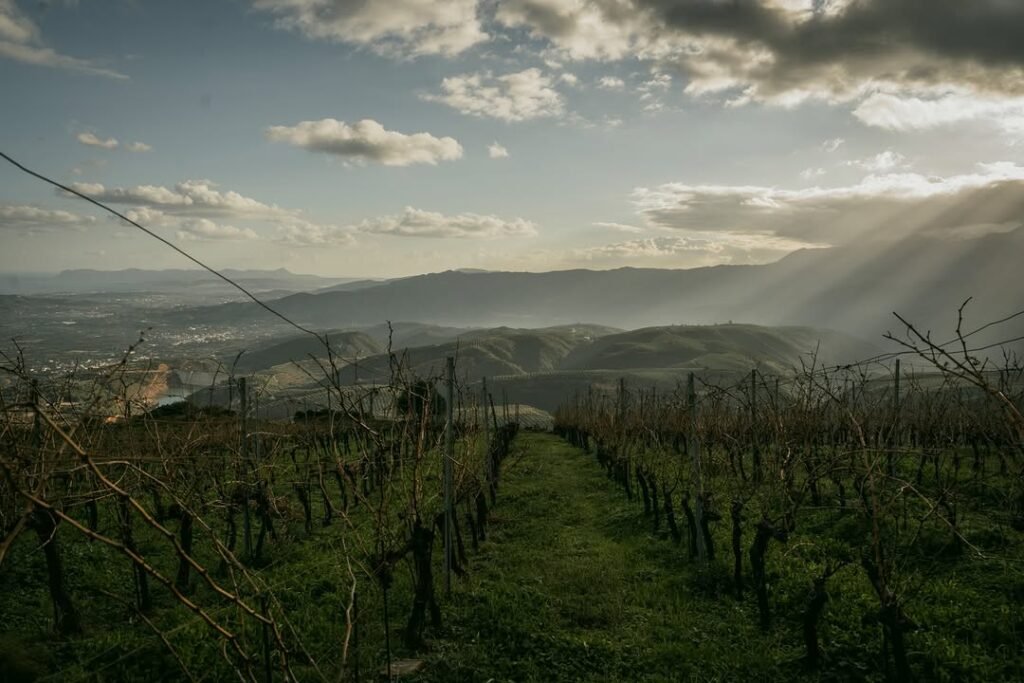
The winery welcomes visitors Monday through Saturday, with hours varying significantly by season. Be sure to check their current opening times when planning your visit. On any given afternoon, you might find yourself on their sun-drenched terrace, sampling their distinctive wines while gazing across the Cretan landscape. The combination of wine tasting, mountain views, and their excellent restaurant makes this a must-visit stop on any Chania itinerary.
For a hassle-free wine experience, join this 3-hour guided tour of Manousakis Winery which includes comfortable round-trip transfers from Chania, Crete. The experience features an intimate exploration of the winery’s facilities and a tasting of five exceptional wines paired with traditional Cretan rusks and the estate’s olive oil. With pickup available within 5km of Chania city center, it’s a perfect way to discover one of Crete’s premier wineries – just remember to book ahead as these personalized experiences are highly sought after.
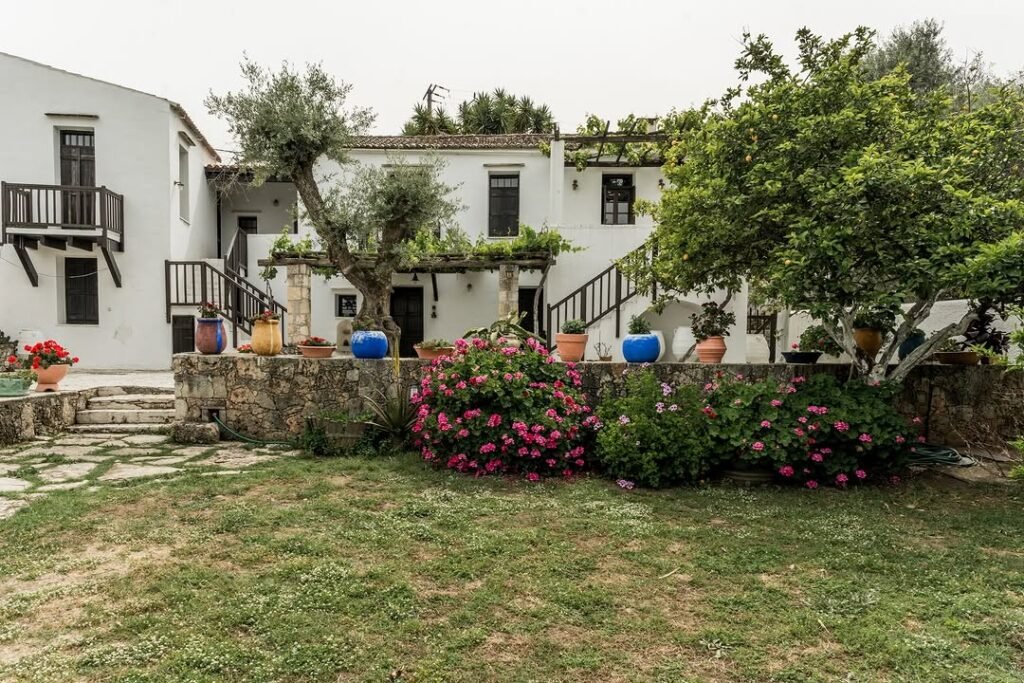
7. House of Venizelos
Marble steps lead you into the historic House of Venizelos in Chania, where Greece’s most influential statesman crafted his vision for a modern nation. Set in the prestigious Halepa district, this elegant villa contains 18 carefully preserved rooms that reveal the private world of a man who shaped Greece’s destiny.
Built in 1880 and thoughtfully renovated in 1927, this isn’t just another museum – it’s a living memorial to political courage and personal determination. Among the most fascinating exhibits is Venizelos’s bulletproof car, which survived an assassination attempt and now stands as a testament to the turbulent times he navigated.
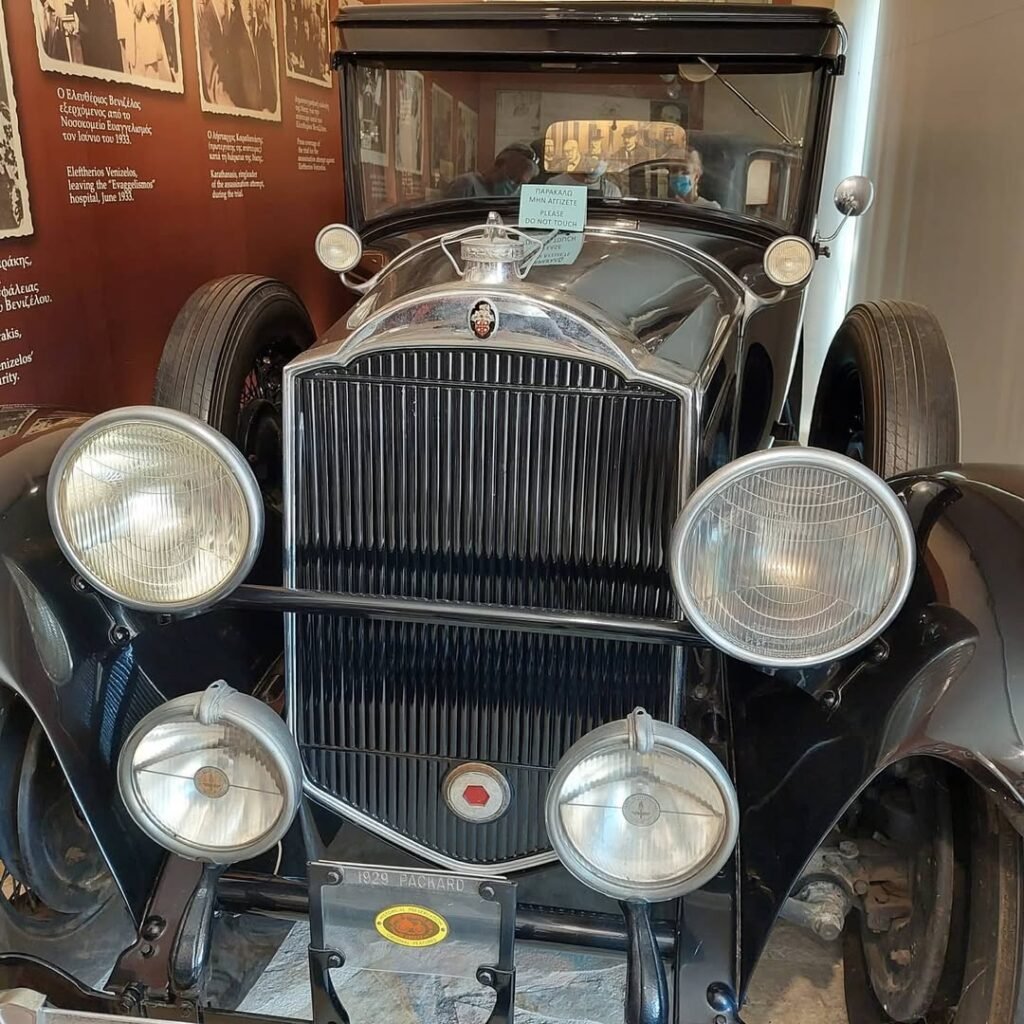
Highlights of the museum include:
- The statesman’s original desk where he penned transformative policies
- His private study with breathtaking views of Chania and the Aegean
- Personal items that offer glimpses into his daily life
- Interactive exhibitions dividing his life into three acts: The Rebel, The Politician, and The Diplomat
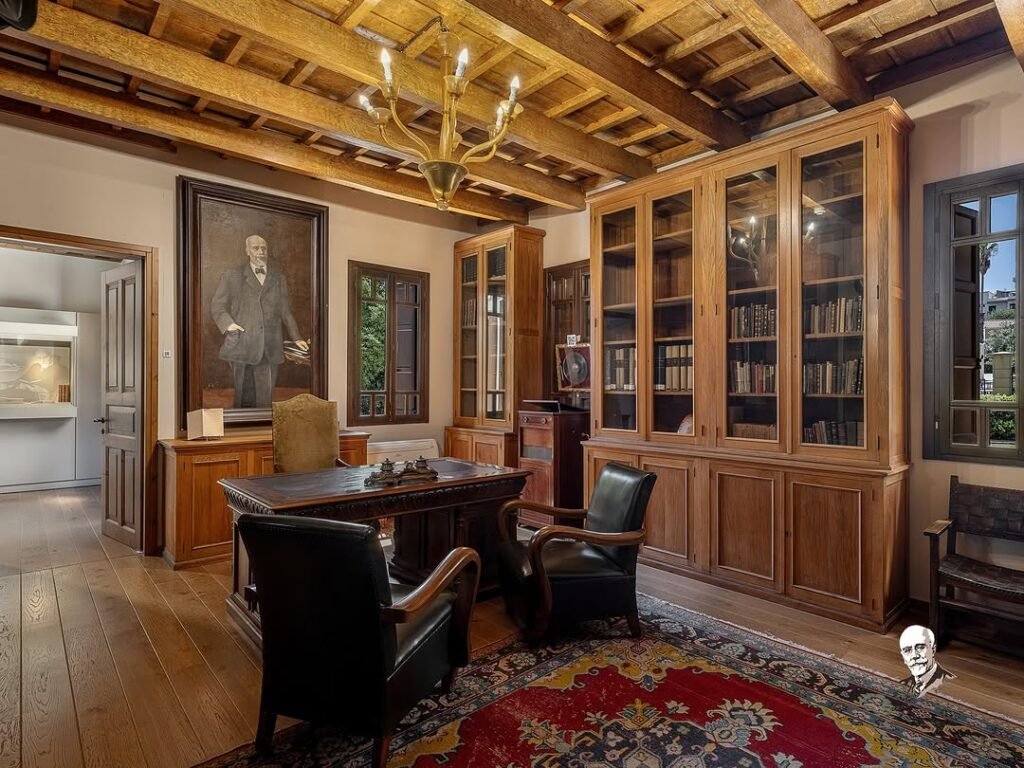
The museum’s thoughtful organization makes complex history surprisingly accessible. Each room tells part of the story, from Venizelos’s early days in Cretan politics to his role in shaping modern Greece. For visitors exploring Chania, this mansion offers unique insights into a pivotal period of Greek history.
Open Monday through Friday between 11am and 8pm, and Saturdays until 6pm (hours may vary by season). The museum’s location in Halepa makes it an excellent addition to a morning exploration, perhaps combined with a visit to the nearby Tabakaria district.
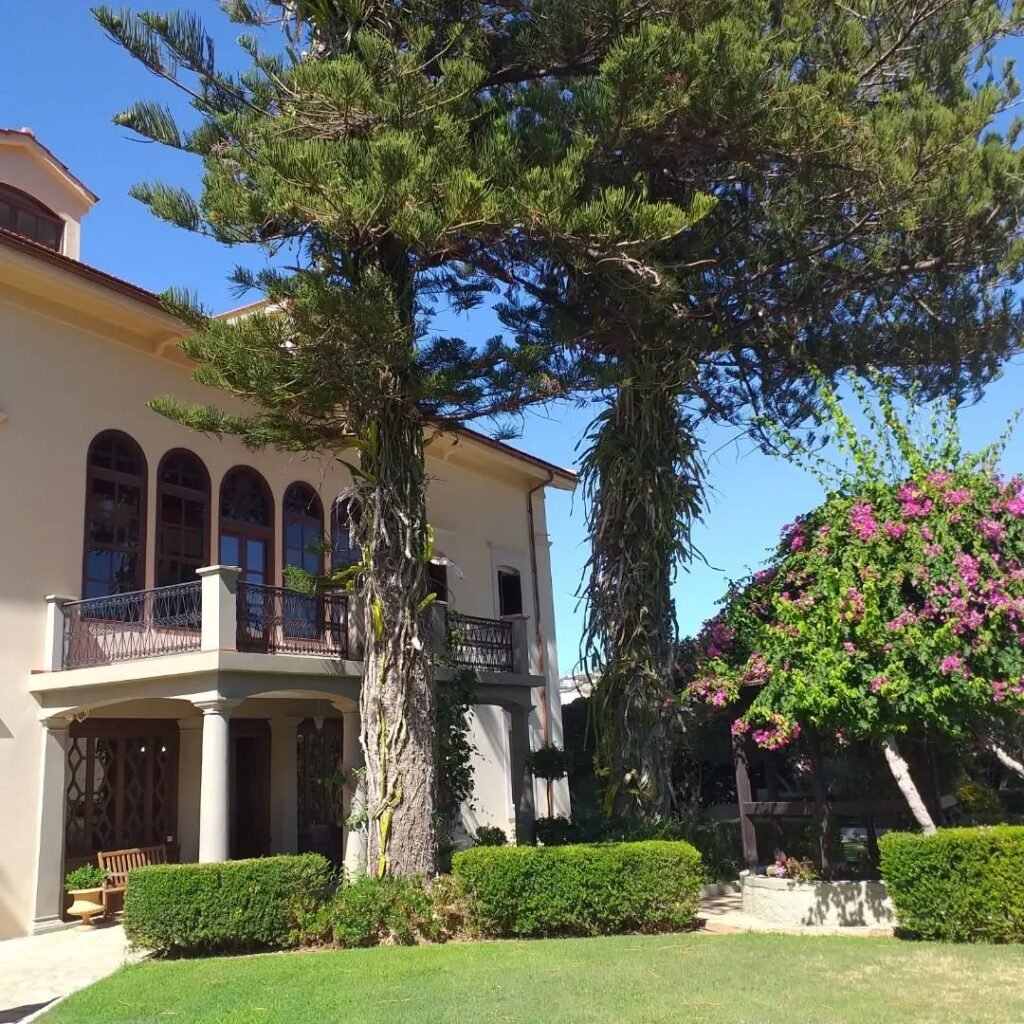
8. Tabakaria District
The historic tannery district of Tabakaria stands as a hauntingly beautiful reminder of Chania’s industrial heritage. This fascinating neighborhood stretches along the eastern rocky shore between Koum Kapi and Halepa, where over 80 tanneries once processed leather using traditional methods. The distinctive stone buildings with their red-tiled roofs seem to grow directly from the coastline, creating a unique architectural landscape where Egyptian, Ottoman, and Greek influences converge.
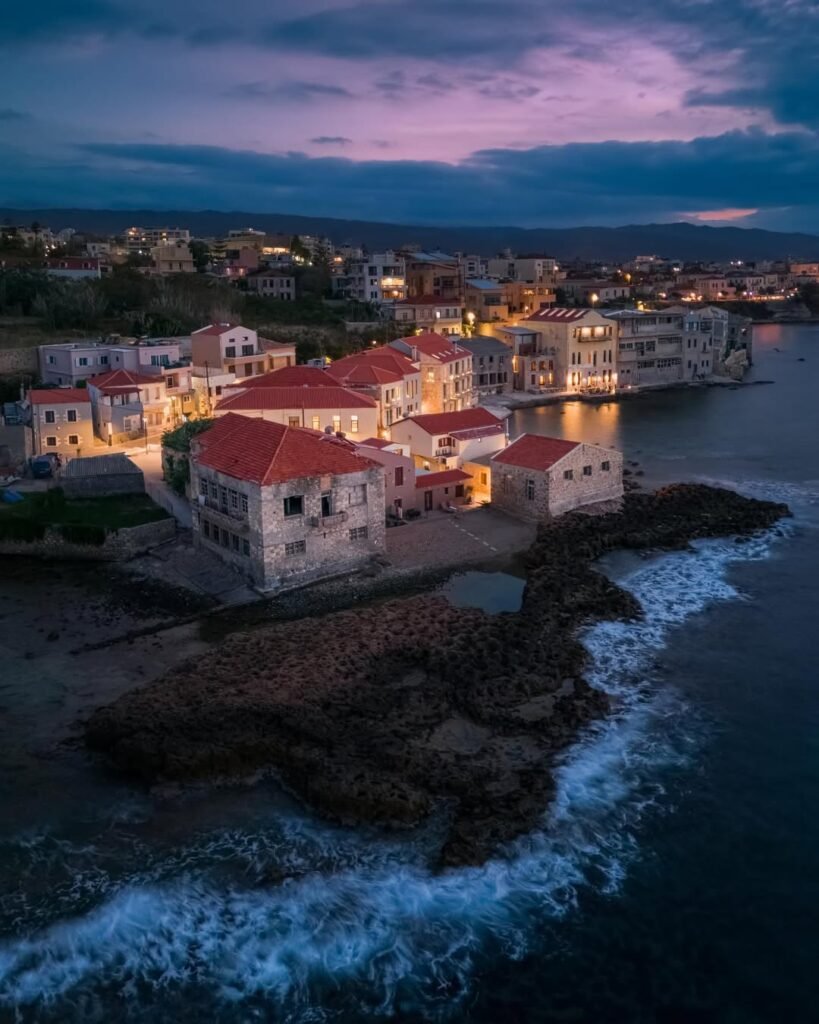
These historic structures have adapted gracefully to modern times. While only three traditional tanneries remain operational today, many buildings have found new life as boutique hotels and waterfront restaurants. Thanks to preservation laws protecting their distinctive facades, the district maintains its authentic industrial character.
What makes Tabakaria unique:
- Striking architecture that blends industrial heritage with natural landscape
- Working tanneries still using traditional methods
- Exceptional sunset views over the Mediterranean
- Perfect for photography enthusiasts
- Historical intersection of multiple cultural influences
- Emerging culinary scene in converted buildings
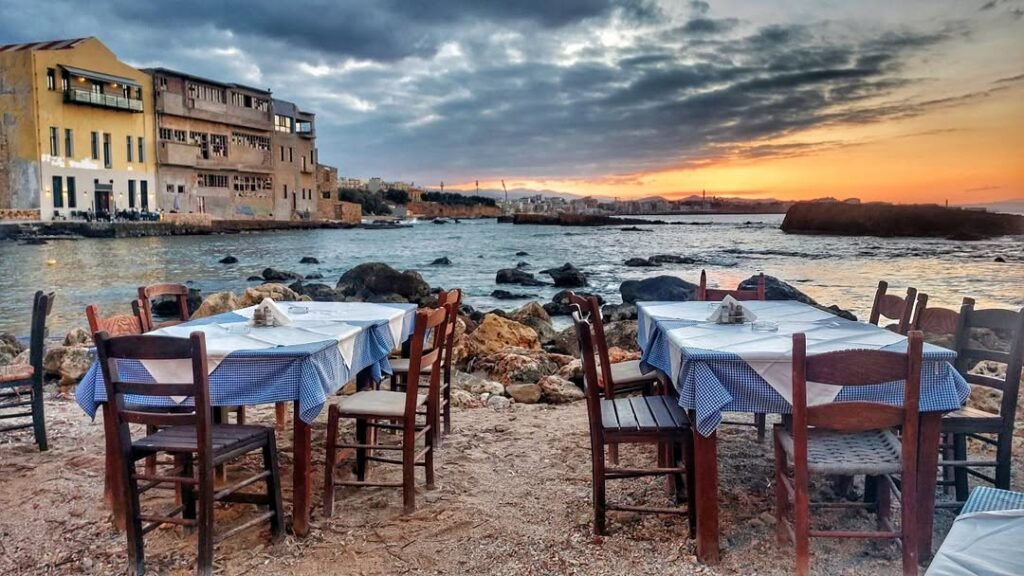
The best time to visit is during golden hour, when the setting sun paints the old stone walls in warm hues. Photographers will particularly appreciate the interplay of light on the weathered buildings and the way the structures seem to emerge from the rocky coastline. Several excellent seafood restaurants now occupy former tanneries, offering the chance to dine with waves lapping just beneath your table.
For an authentic experience, take a leisurely walk through the district in late afternoon, when the light is perfect for photos and the restaurants are preparing for their evening service. The area offers a fascinating glimpse into how industrial heritage can be preserved while adapting to contemporary life.
9. Sarakina Gorge
Just 20km from Chania, Sarakina Gorge offers an accessible natural adventure that perfectly balances dramatic scenery with easy exploration. Unlike many of Crete’s more challenging gorges, well-maintained wooden walkways and metal staircases here make the natural beauty accessible to visitors of various fitness levels.
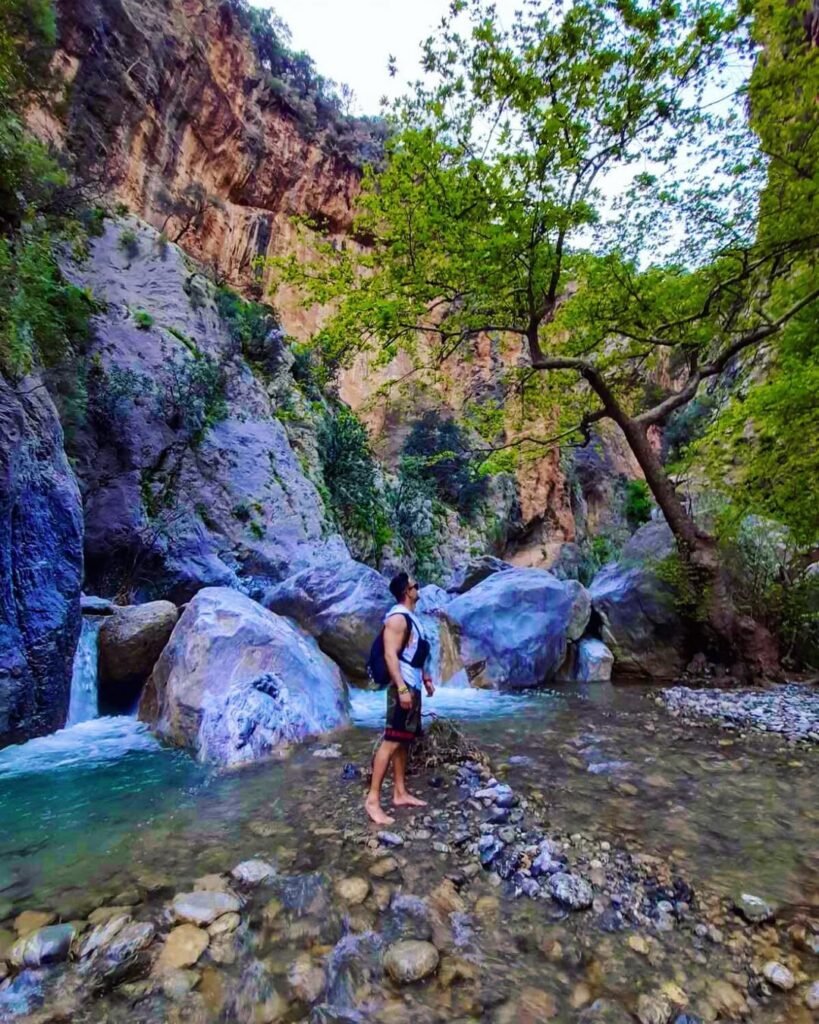
The gorge’s most impressive features reveal themselves just 10 minutes from the parking area near Panagia Church in Meskla. Here, limestone formations create a natural gallery of sculptures, split dramatically down the middle as if carved by giants. Legend claims these dramatic cliffs once sheltered Saracen pirates, though today’s visitors are more likely to be found swimming in natural pools or admiring the ancient cypress trees that dot the landscape.
Essential visitor information:
- Allow 30 minutes to 1.5 hours for exploration
- Wear comfortable walking shoes with good grip
- Swimming possible in natural pools during summer
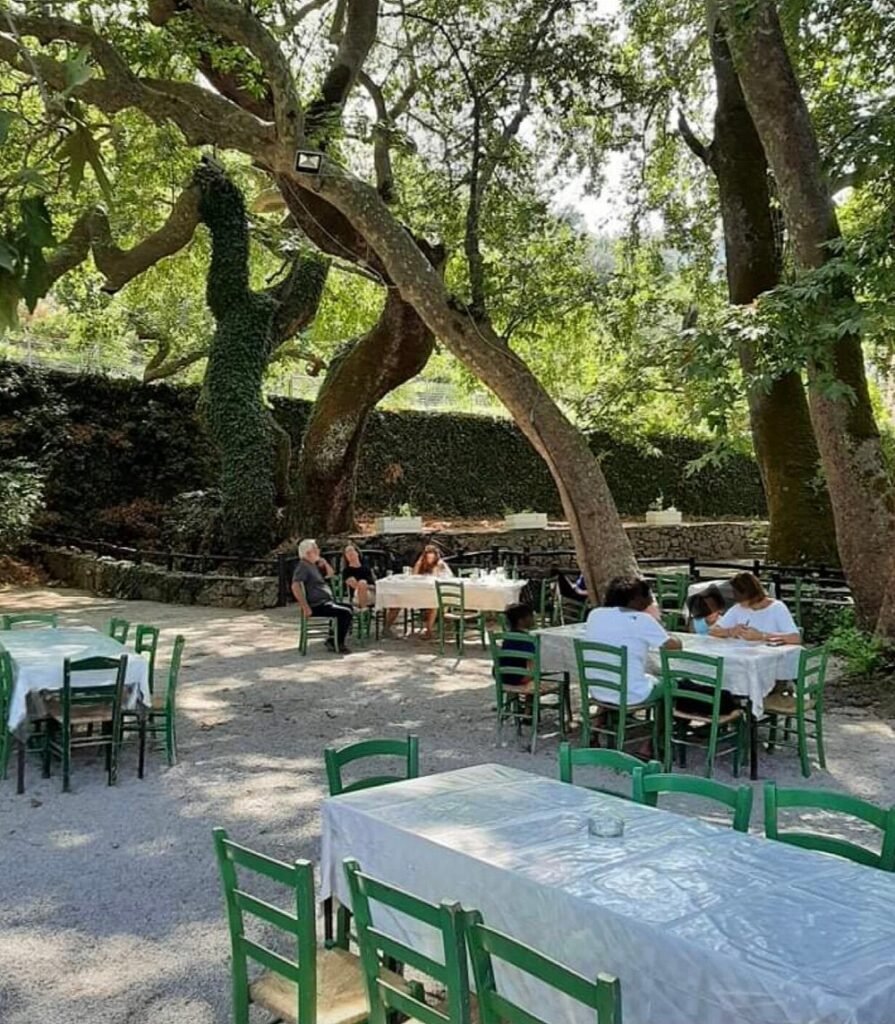
After your walk, treat yourself to a meal at Taverna Halaris, a charming traditional taverna nestled under massive plane trees near the gorge entrance. Here, you can refuel while watching village life unfold beneath the shade of centuries-old trees..
Conclusion
These nine hidden gems reveal a side of Chania that many visitors never discover. From the dramatic heights of Therisso Gorge to the historic depths of Tabakaria’s tanneries, from the timeless flavors at Biolea Estate to the innovative winemaking at Manousakis, each location adds a unique thread to the region’s rich tapestry. What makes these spots special isn’t just their beauty or historical significance, but how they continue to play vital roles in contemporary Cretan life. Whether you’re watching bakers at work in Artopolion, exploring the ancient city of Aptera, or discovering the natural wonder of Aspri Limni, you’re experiencing places where past and present merge seamlessly – each waiting to be discovered by those willing to venture off the usual trail.
This post contains affiliate links, which means I may earn a commission if you click and make a purchase at no additional cost to you.
Further reading:
19 Traditional Cretan Tavernas in Chania Region That You Must Try
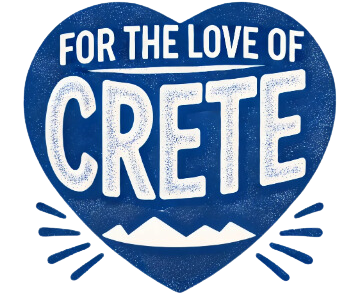
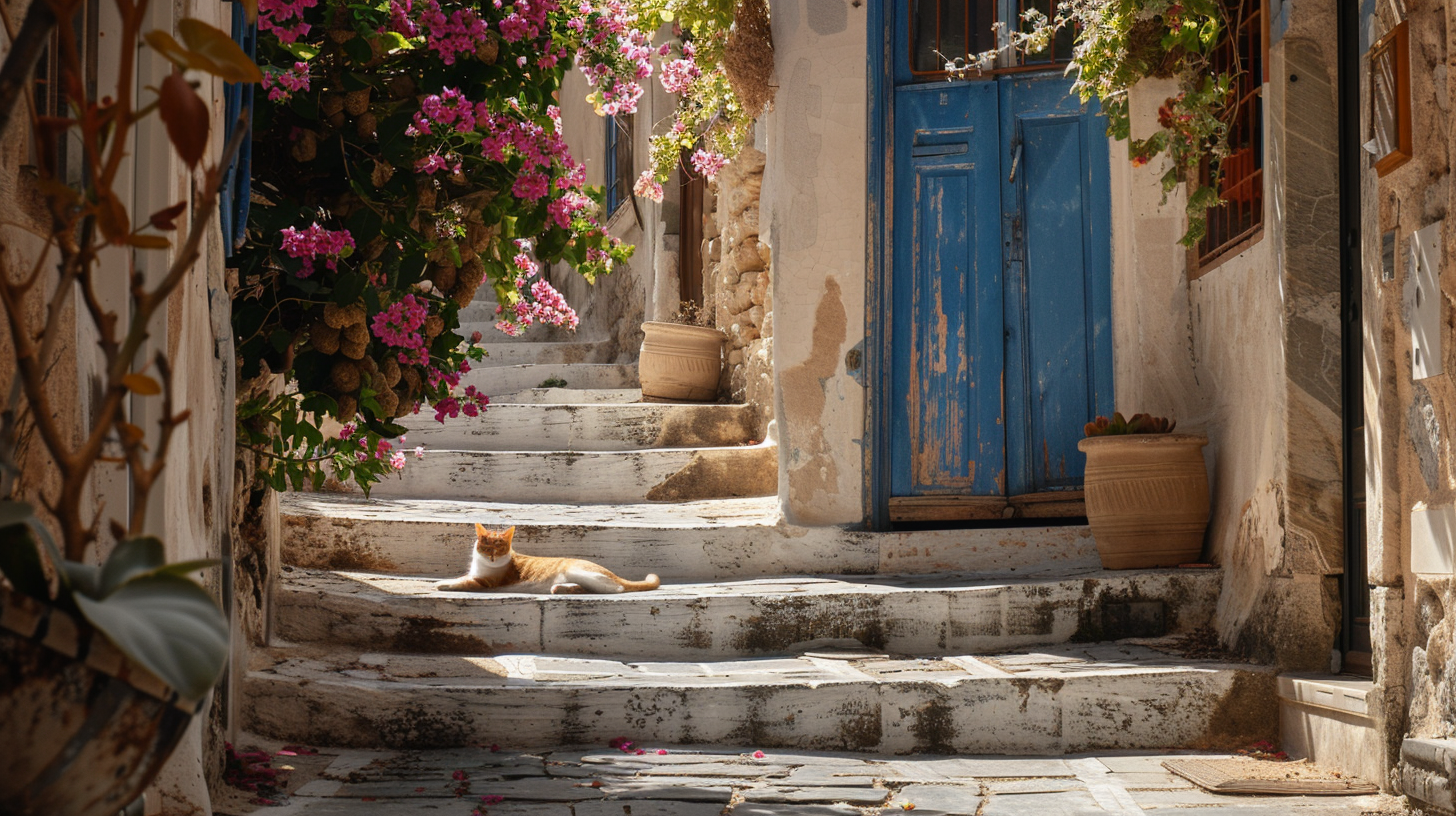
Its 220 (!) km from Chania to Sarakina Gorge.
Hi Juan,
Thank you so much for your comment and for bringing up this important point! There’s actually a bit of confusion because Crete has two gorges named Sarakina. The one I mention in my article is the Sarakina Gorge near the village of Meskla, which is just about 20 km from Chania—a quick and easy drive for a lovely day out in nature.
The other Sarakina Gorge, which is much further away (about 220 km from Chania), is located near Ierapetra in eastern Crete. Both are beautiful, but the one close to Chania is perfect for those staying in the west and looking for an accessible adventure.
Με πολύ αγάπη – with much love,
Bella 💙